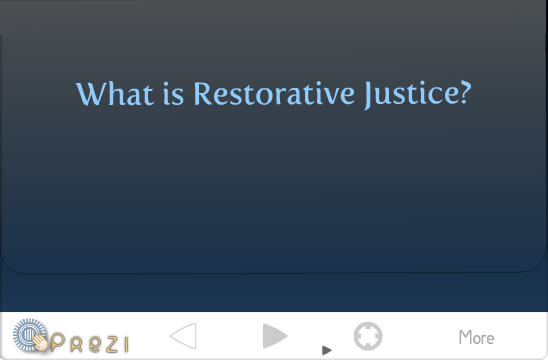The book examines the gap between the theory of restorative justice (RJ) and its application in Europe, the U.S and elsewhere. Data were obtained from four international surveys of RJ practitioners, victims, offenders and policy makers using a combination of qualitative methodologies, including questionnaire responses, interviews and focus groups.
RJ aims to “restore” peace after a crime has been committed by engaging victims, offenders and community representatives in dialogue and mediation. Compared to the criminal justice system, previous studies reviewed by Dr. Gavrielides have credited RJ programs with such benefits as lower recidivism, and higher levels of satisfaction with outcomes among victims, offenders and community representatives. However, the author’s seven-year research programme uncovered evidence of a pervasive gap between RJ principles and current RJ programme operations. This “gap” is blamed for widespread difficulties such as insufficient funding for RJ programs, inadequate training and accreditation of RJ practitioners, lack of faith and commitment among staff, and a tendency for RJ programmes over time to become increasingly similar to the standard criminal justice system. The book presents original data to support these claims and warns that if these problems are not corrected, RJ’s original values and benefits may never be realised. The book concludes with a series of evidence based recommendation for academia, policy, practice and the restorative justice movement.









No comments